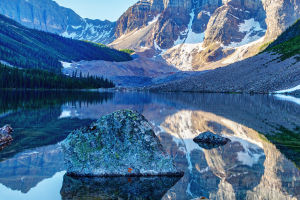Windmills Fun Facts
Windmills have long fascinated people with their charming aesthetics and historical significance. These ingenious structures harness the power of the wind to perform a variety of tasks, from grinding grain to pumping water.
Their design and functionality have evolved over centuries, reflecting both technological advances and cultural heritage.
Introduction to Windmills
Windmills, at their core, are devices that convert wind energy into mechanical energy through rotating blades. The earliest known windmills were developed in Persia around the 9th century, initially used for grinding grain and pumping water. By the 12th century, windmills had spread to Europe, where they became a common feature in agricultural landscapes, particularly in the Netherlands and England.
The classic design features a vertical post mill with blades or sails that capture the wind’s kinetic energy. These sails turn a rotor connected to machinery inside the mill, which performs tasks like grinding flour or pumping water. Over time, the design has evolved to include horizontal axis windmills and more sophisticated technology used in modern wind turbines for generating electricity.
3 Crazy Facts About Windmills That Will Blow Your Mind!
Video by Neptiva
Interesting Facts About Windmills
1.Ancient Origins: The concept of windmills dates back to ancient Persia, where the earliest windmills were built from reed and clay. These early designs were primarily used for grinding grain and drawing water from wells.
2.Dutch Mastery: The Netherlands is renowned for its windmills, with over 1,000 historic windmills still standing today. The Dutch perfected windmill technology in the 17th century, using them to drain wetlands and reclaim land from the sea.
3.Architectural Variations: Windmills come in various designs. The post mill, with its rotating cap and fixed body, is one of the earliest types. In contrast, the smock mill and tower mill have stationary bodies with rotating caps, making them suitable for different terrains and applications.
4.Cultural Impact: Windmills have left a significant mark on literature and culture. For example, Miguel de Cervantes' famous character Don Quixote famously mistook windmills for giants in his iconic Spanish novel, symbolizing the clash between idealism and reality.
5.Sustainable Energy: Today, windmills have evolved into wind turbines that generate electricity. Modern wind farms, featuring sleek, large-scale turbines, play a crucial role in renewable energy production, contributing to efforts to combat climate change.
Isn’t it amazing how windmills have transformed from ancient tools to modern marvels? Whether you’re captivated by their history or their role in renewable energy, there’s so much to appreciate.
Next time you see a windmill, think about its incredible journey through time. Share your windmill discoveries with us—can’t wait to hear your thoughts, Lykkers!


